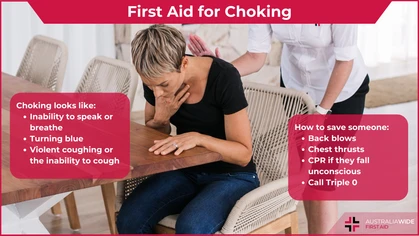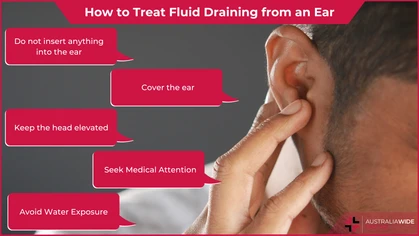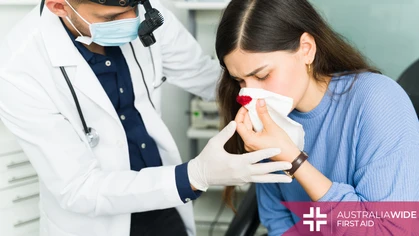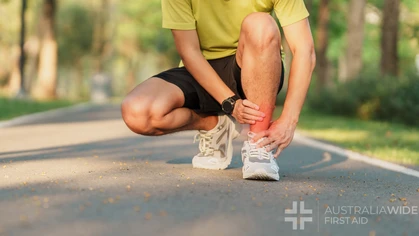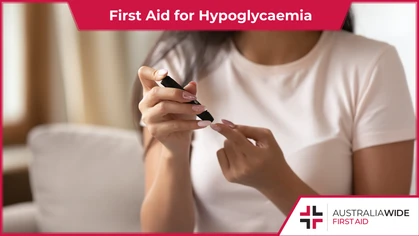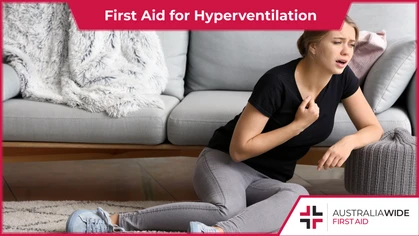First Aid for Restless Legs Syndrome

How-To

Restless Legs Syndrome (RLS) is a nervous system disorder. People living with RLS experience strange sensations in their legs, and an uncontrollable urge to move their legs. It is important to know first aid for RLS, as it can lead to sleep deprivation.
Restless Legs Syndrome (RLS), otherwise known as Willis-Ekbom disease, is a condition of the nervous system. People suffering from RLS experience an overpowering urge to move their legs to relieve uncomfortable sensations. RLS is considered a sleep disorder, as it typically occurs in the evening when a person is sitting or lying down. It is important to know first aid for RLS, as it can cause sleep deprivation and impair your function at work and home.What Causes RLS?
The exact cause of RLS is not known, though it is thought to encompass some type of malfunction of the motor system; specifically, the dopamine pathway, which sends messages to control muscle movement. RLS has also been tied to other factors and health conditions:- Genes: Approximately half of the people with RLS have a family history of the condition.
- Medication: Some medications have been shown to worsen the symptoms of RLS, including antidepressants, antipsychotics, and anti-nausea medication.
- Chronic diseases: RLS accompanies certain long-term medical conditions, including Parkinson’s disease, renal disease, and diabetes.
- Lifestyle: Lack of iron is associated with RLS, as is alcohol, tobacco, and caffeine use.
What are the Signs and Symptoms of RLS?
The signs and symptoms of RLS can range from mild to intolerable, and they include:- Strange sensations deep within the legs that people describe as burning, tingling, aching, or itching. Some people also liken the sensation to insects crawling under the skin.
- A compelling urge to move the legs to relieve the strange sensations.
First Aid for RLS
Before starting any treatments, you should first consult your doctor for a formal diagnosis. They may have to conduct specialist tests to confirm the cause of your RLS, and to prescribe medication. In the first instance, your doctor may suggest some home remedies that can help control symptoms and allow you to get a good night’s sleep, as there is no cure for RLS:- Cut back on caffeine, alcohol, and nicotine.
- Have hot baths.
- Apply heat pads or ice packs to your legs.
- Get leg massages.
- Establish a healthy sleep schedule.
Recommended First Aid Courses
Do you want to develop the confidence and skills to provide effective first aid when people are experiencing health emergencies? Book a first aid course with Australia Wide First Aid. The following first aid courses may be pertinent to you:Sources
- "Restless legs syndrome (RLS)", Better Health Channel.
- "Restless legs syndrome", healthdirect.
- "Restless legs syndrome", Mayo Clinic.
- "Restless Legs Syndrome (RLS)", Mayo Clinic.
Originally published at
https://www.australiawidefirstaid.com.au/resources/first-aid-for-restless-legs-syndrome
as part of the Australia Wide First Aid Articles Library
